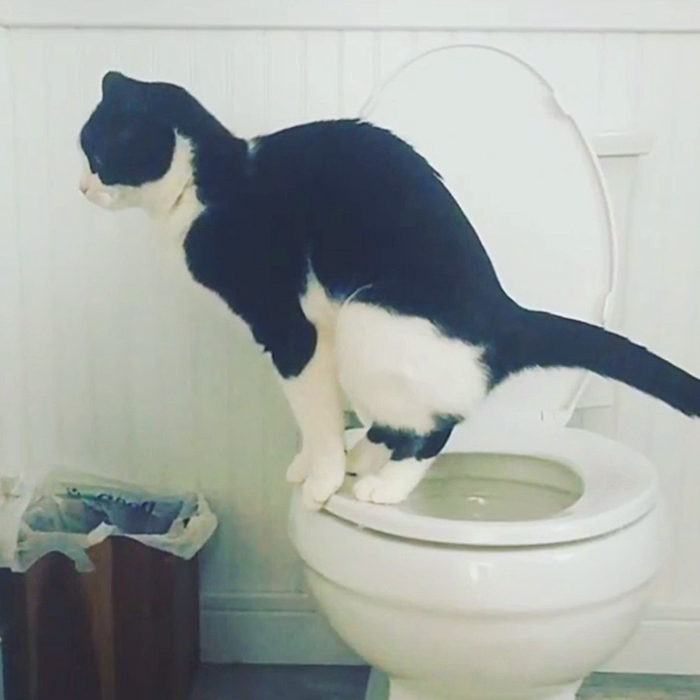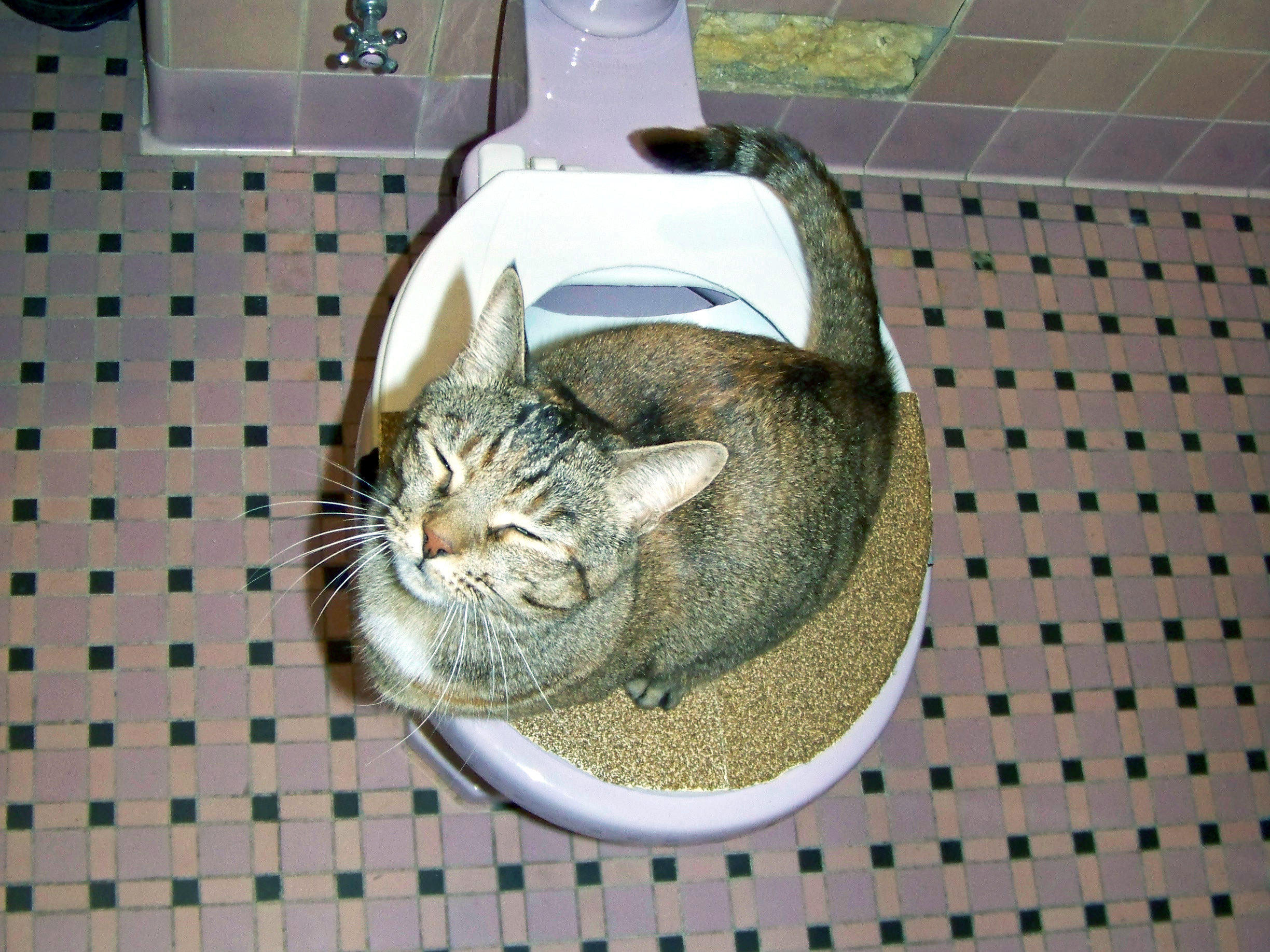Reasons Flushing Cat Poop Down Your Toilet May Cause Problems - Recommendations for Safe Handling
Reasons Flushing Cat Poop Down Your Toilet May Cause Problems - Recommendations for Safe Handling
Blog Article
This post in the next paragraphs about Can You Flush Cat Poo or Litter Down the Toilet? is exceedingly attention-grabbing. Give it a go and draw your own ideas.

Intro
As pet cat owners, it's necessary to bear in mind how we throw away our feline good friends' waste. While it might appear hassle-free to purge feline poop down the toilet, this practice can have destructive repercussions for both the atmosphere and human health and wellness.
Ecological Impact
Purging feline poop introduces damaging microorganisms and parasites into the water system, presenting a considerable danger to water communities. These pollutants can negatively affect marine life and compromise water top quality.
Wellness Risks
Along with environmental issues, flushing cat waste can also position health threats to people. Feline feces may contain Toxoplasma gondii, a bloodsucker that can create toxoplasmosis-- a possibly serious illness, particularly for expectant ladies and individuals with weakened immune systems.
Alternatives to Flushing
Thankfully, there are safer and extra accountable methods to deal with pet cat poop. Think about the following choices:
1. Scoop and Dispose in Trash
One of the most common approach of throwing away feline poop is to scoop it into a biodegradable bag and toss it in the trash. Be sure to utilize a dedicated litter scoop and dispose of the waste without delay.
2. Usage Biodegradable Litter
Go with naturally degradable pet cat trash made from products such as corn or wheat. These trashes are environmentally friendly and can be securely gotten rid of in the garbage.
3. Bury in the Yard
If you have a yard, think about burying pet cat waste in a designated location far from veggie gardens and water sources. Make certain to dig deep sufficient to prevent contamination of groundwater.
4. Mount a Pet Waste Disposal System
Invest in a family pet waste disposal system specifically made for feline waste. These systems utilize enzymes to break down the waste, reducing odor and environmental influence.
Verdict
Accountable pet dog possession prolongs beyond offering food and sanctuary-- it likewise entails correct waste monitoring. By refraining from flushing cat poop down the bathroom and opting for alternate disposal approaches, we can minimize our ecological impact and protect human health.
Why Can’t I Flush Cat Poop?
It Spreads a Parasite
Cats are frequently infected with a parasite called toxoplasma gondii. The parasite causes an infection called toxoplasmosis. It is usually harmless to cats. The parasite only uses cat poop as a host for its eggs. Otherwise, the cat’s immune system usually keeps the infection at low enough levels to maintain its own health. But it does not stop the develop of eggs. These eggs are tiny and surprisingly tough. They may survive for a year before they begin to grow. But that’s the problem.
Our wastewater system is not designed to deal with toxoplasmosis eggs. Instead, most eggs will flush from your toilet into sewers and wastewater management plants. After the sewage is treated for many other harmful things in it, it is typically released into local rivers, lakes, or oceans. Here, the toxoplasmosis eggs can find new hosts, including starfish, crabs, otters, and many other wildlife. For many, this is a significant risk to their health. Toxoplasmosis can also end up infecting water sources that are important for agriculture, which means our deer, pigs, and sheep can get infected too.
Is There Risk to Humans?
There can be a risk to human life from flushing cat poop down the toilet. If you do so, the parasites from your cat’s poop can end up in shellfish, game animals, or livestock. If this meat is then served raw or undercooked, the people who eat it can get sick.
In fact, according to the CDC, 40 million people in the United States are infected with toxoplasma gondii. They get it from exposure to infected seafood, or from some kind of cat poop contamination, like drinking from a stream that is contaminated or touching anything that has come into contact with cat poop. That includes just cleaning a cat litter box.
Most people who get infected with these parasites will not develop any symptoms. However, for pregnant women or for those with compromised immune systems, the parasite can cause severe health problems.
How to Handle Cat Poop
The best way to handle cat poop is actually to clean the box more often. The eggs that the parasite sheds will not become active until one to five days after the cat poops. That means that if you clean daily, you’re much less likely to come into direct contact with infectious eggs.
That said, always dispose of cat poop in the garbage and not down the toilet. Wash your hands before and after you clean the litter box, and bring the bag of poop right outside to your garbage bins.
https://trenchlesssolutionsusa.com/why-cant-i-flush-cat-poop/

Do you enjoy more info about Don’t flush cat feces down the toilet? Leave a remark down below. We would be pleased to know your suggestions about this write-up. We are looking forward that you visit us again later on. Sharing is good. Helping others is fun. Bless you for your time. Please come by our site back soon.
Call Us Now Report this page